As a Maldivian, recounting the tale of our journey to independence is both a duty and an honor. It’s a story of resilience, struggle, and an unwavering quest for self-governance that defines our national identity.This report delves into the historical struggles and resilience of our ancestors, which ultimately led to the Maldives gaining its freedom. We will explore the significant events and figures that shaped our journey to independence and the transformation from colonial rule to a sovereign republic.
Early Settlement and Colonial Influence
The Maldives has a long and storied history, with early settlers arriving around 500 B.C. from the Indian subcontinent. Over the centuries, our islands became a melting pot of cultures, influenced by traders and travelers from various regions. By 1153 A.D., Islam had taken root, brought by the Moroccan scholar Abu Barakaat Yusuf Al-Barbaree, marking a significant shift in our cultural and religious landscape.

Bartius Map of the Maldives of 1598 published in Middelberg, Netherlands
Colonial Era
The Portuguese were the first European power to establish control over the Maldives in 1558, but their rule was short-lived, ending in 1573 thanks to the heroic efforts of Muhammad Thakurufaanu, who led a successful rebellion. The Portuguese invasion left a lasting impact, teaching us the value of unity and resistance.
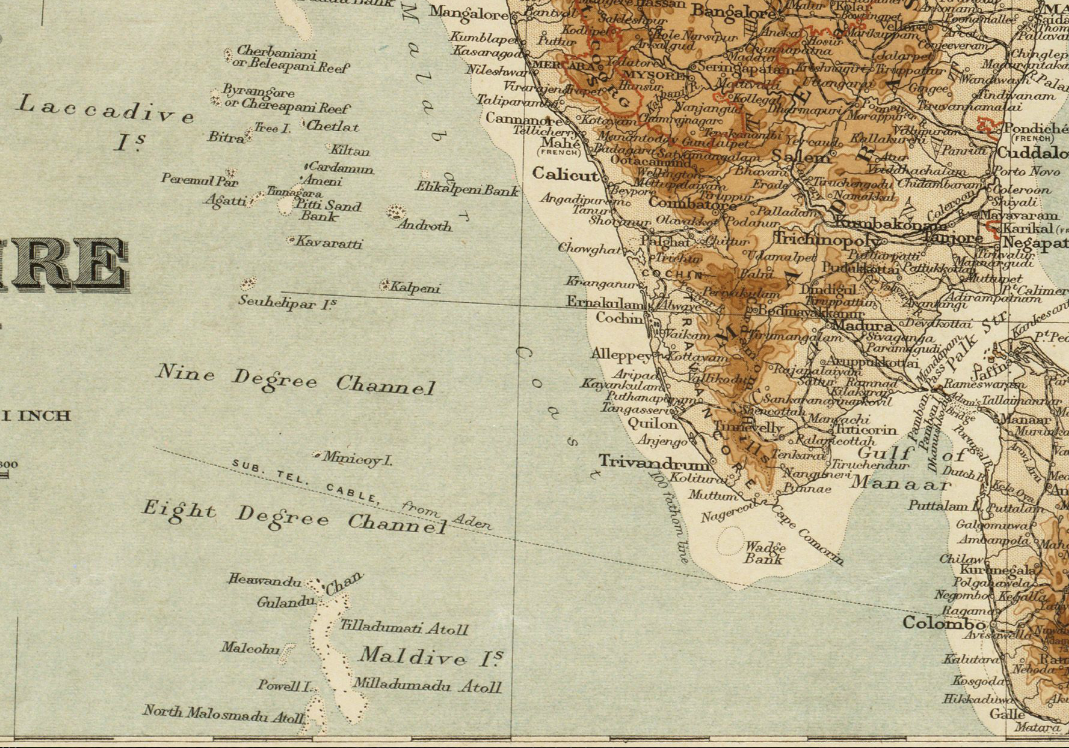
A map of the country made in 1920
Following the Portuguese, the Dutch and then the British exerted influence over the Maldives. The British established a protectorate in 1887, promising military protection and non-interference in internal matters in exchange for control over our foreign affairs and defense.
Life Under British Rule
Under British protection, the Maldives retained a degree of autonomy, but our sovereignty was limited. The British maintained a military presence, most notably establishing a base on Gan Island in the southern Addu Atoll during World War II. This presence, while providing some security, also led to tensions and a desire for full independence among Maldivians.
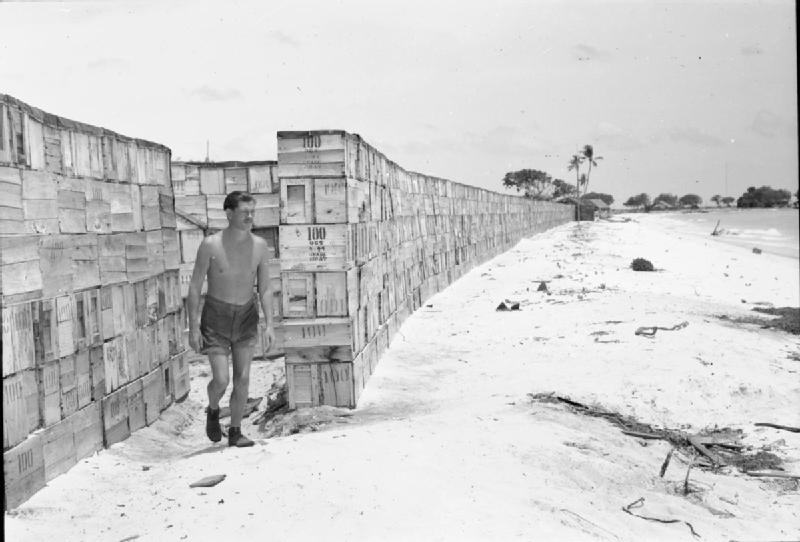
Royal Air Force Operations in the eastern part of the country, 1941-1945
Struggle for Independence
The struggle for independence was marked by significant internal strife. In the late 1950s, dissatisfaction with British control and local governance led to the secession of the southern atolls, forming the United Suvadive Republic under Afeef Didi. This rebellion highlighted the deep-rooted desire for self-determination among Maldivians.
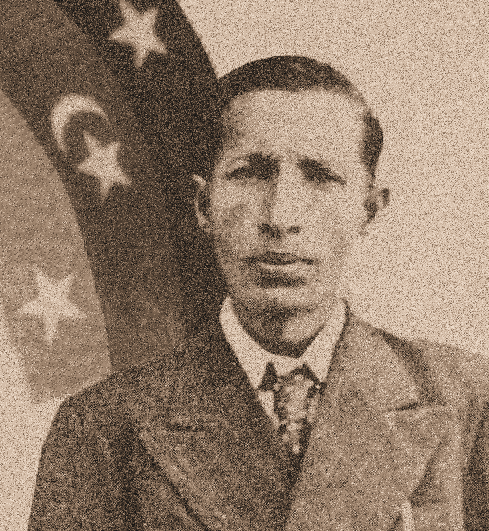
Afeef Didi of 'United Suvadiv Republic'
Prime Minister Ibrahim Nasir played a crucial role during this period. Despite the challenges, including the rebellion and British negotiations over the Gan base, Nasir pushed for greater autonomy. His leadership was instrumental in navigating the complex political landscape, balancing internal pressures and negotiations with the British.
Achieving Independence
On July 26, 1965, the Maldives finally achieved full independence from Britain. The agreement, signed by Prime Minister Ibrahim Nasir and British Ambassador Sir Michael Walker, marked the end of British control over our defense and foreign affairs. This momentous day is now celebrated annually as Independence Day, a testament to our long-fought struggle for sovereignty.
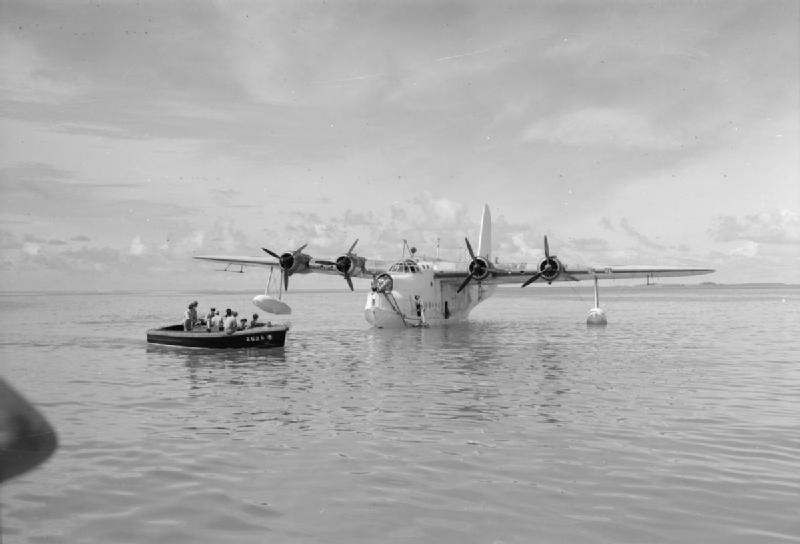
RAF Short Sunderland in the lagoon of Addu Atoll during World War II
Transition to a Republic
Just three years after gaining independence, the Maldives transitioned from a sultanate to a republic. A national referendum in 1968 ended centuries of sultanate rule, establishing the Republic of Maldives with Ibrahim Nasir as the first President. This transition marked a new chapter in our history, setting the stage for modern governance and development.
Challenges and Growth Post-Independence
Independence brought both opportunities and challenges. The Maldives focused on developing its economy, particularly through tourism and fishing. Political instability, including coups and changes in leadership, posed significant challenges. However, the resilience and determination of the Maldivian people ensured continued progress and modernization.
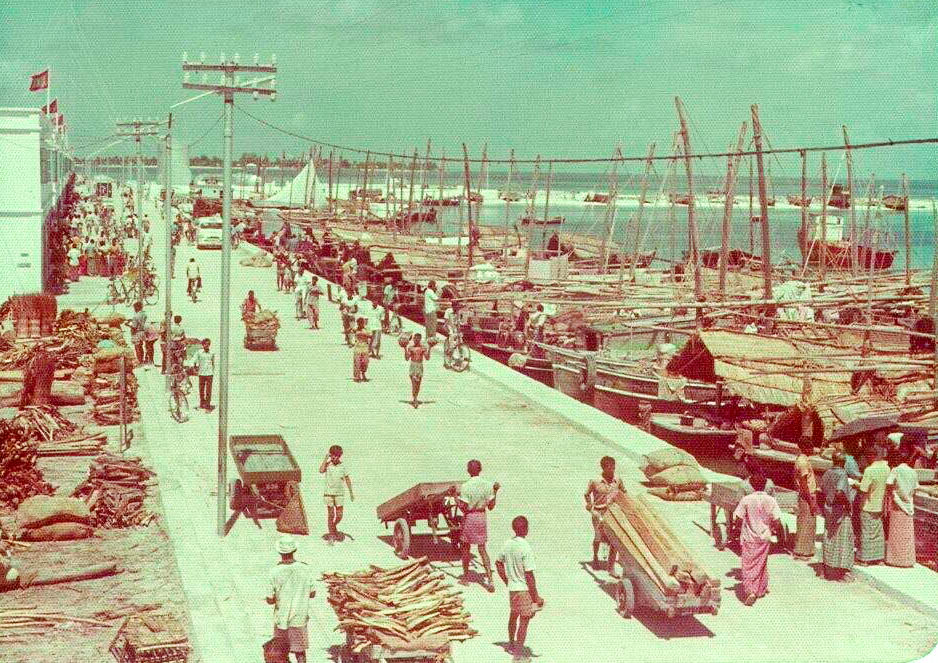
Our Legacy
Independence Day, celebrated on July 26th, is a day of immense national pride. It symbolizes our struggle, resilience, and the ultimate triumph of self-determination. The journey to independence and the establishment of the republic are pivotal in shaping our modern nation, contributing to our national identity and sovereignty.
The story of Maldivian independence is a testament to our nation’s resilience and determination. From early settlers to colonial rule and the eventual achievement of independence, the Maldives has navigated numerous challenges to become a proud and sovereign nation. This journey reflects our rich cultural heritage and our unwavering commitment to self-determination, forming the foundation of the vibrant Republic of Maldives we know today.


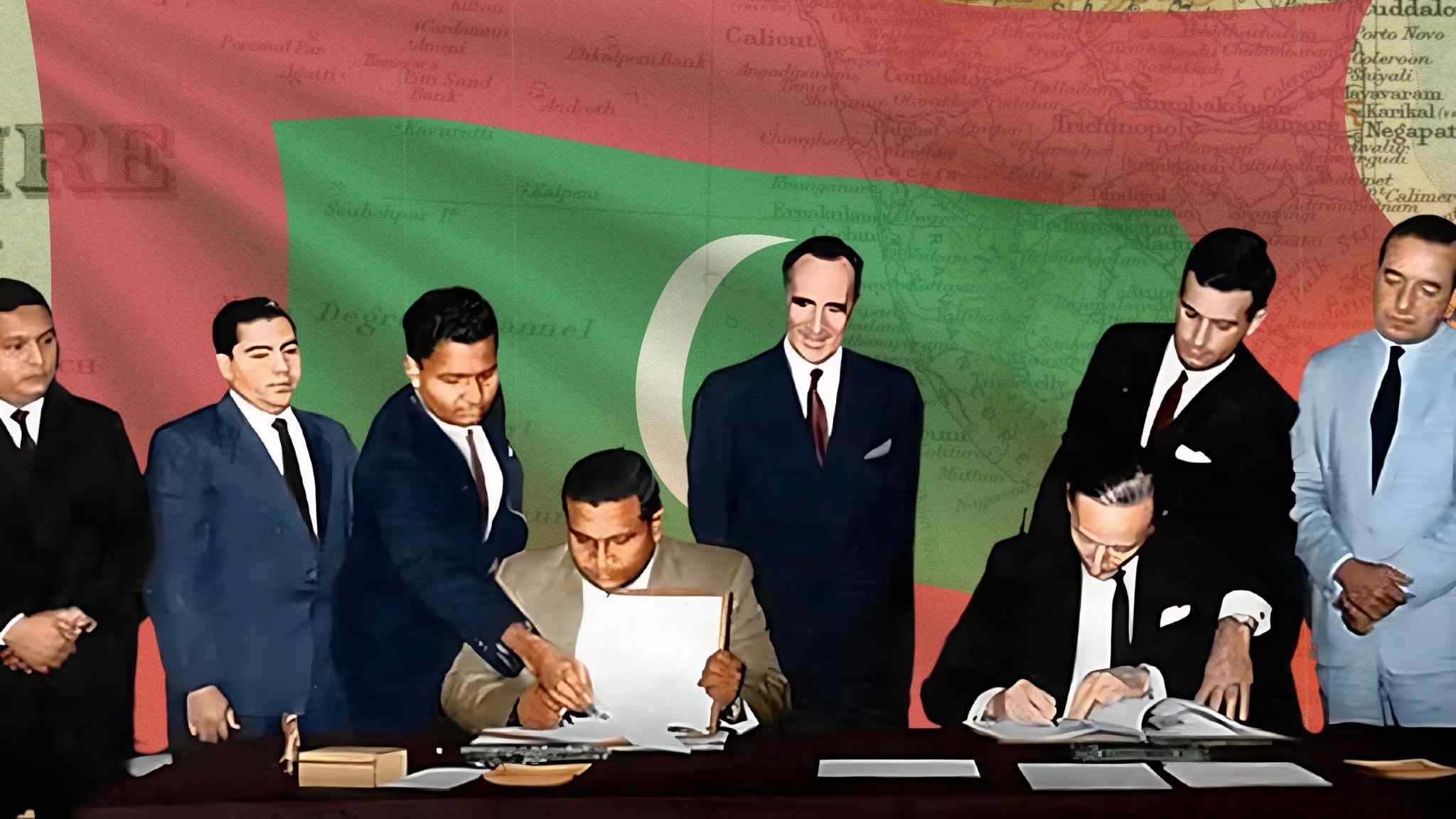


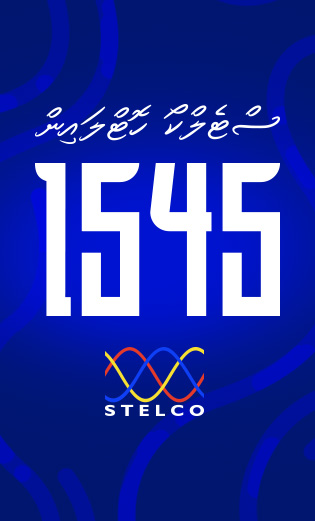

Advertisement